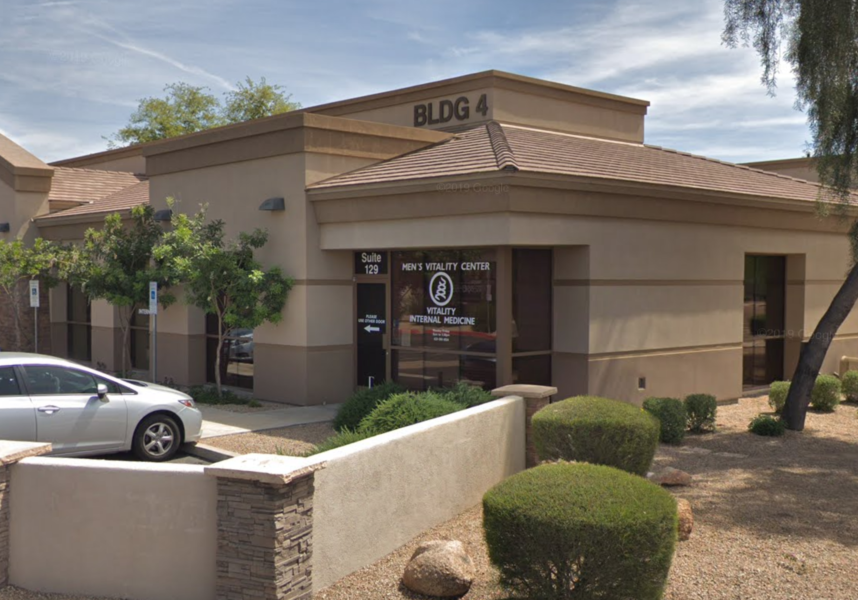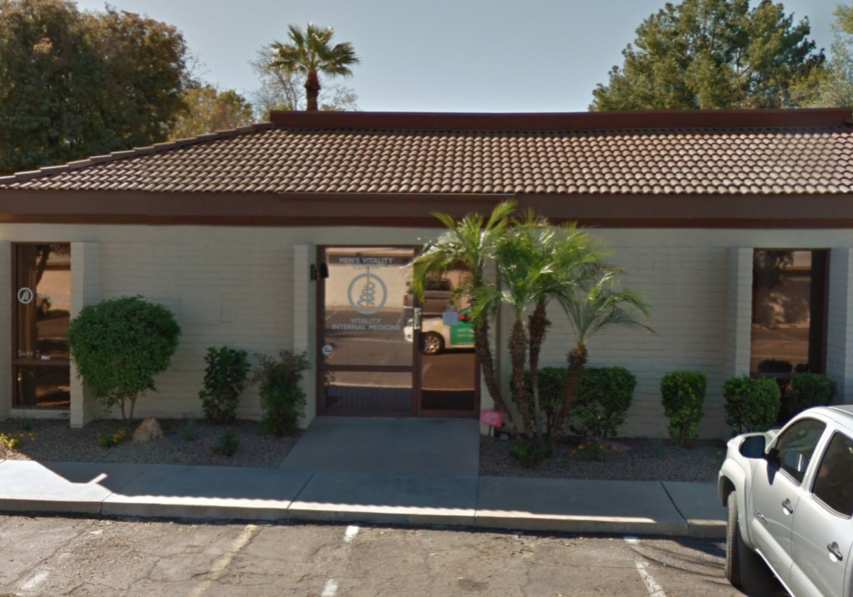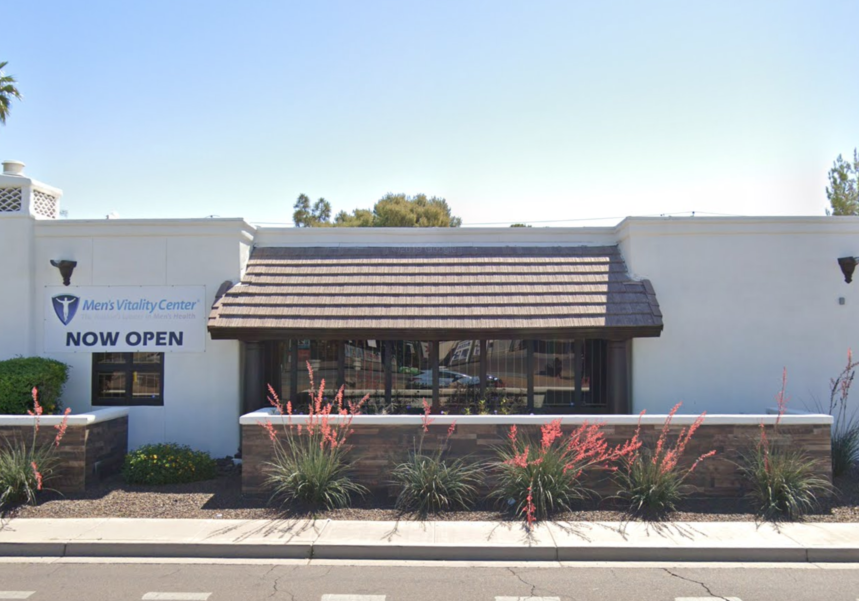Research has shown that about 40% of people have experienced sciatica pain at one point or another in their life. This highlights the widespread nature of this pain that often makes easy activities like standing even painful.
What is sciatica pain?
Sciatica pain is the pain induced by damage or compression of the long sciatic nerve that runs from the lower back to the rear of the legs. If left untreated, this pain is often accompanied by numbness of the legs and even lack of bowel control.
Various causes for this pain have been identified, ranging from biological processes such as aging and pregnancies, to medical conditions such as obesity and spinal injuries.
7 common causes of sciatica pain
Below is a list of the seven (7) most common causes of sciatica pain:
- Spinal disc herniation or bulging: This refers to damages that might occur to the spinal disc. This leads the disc material to compress the adjacent nerve roots. Besides compression, disc herniation also induces inflammation due to the disc’s acidic content spilling onto the nerve tissue. This is responsible for the reported burning sensation and severe pain associated with sciatic nerve pain.
- Lumbar stenosis: This is a condition common with aging when the pathway in the spine intended for passage of the nerve tissue becomes clogged or shrinks. The nerve experiences compression within the canal, leading to spinal stenosis.
- Spinal trauma: This is common for individuals that are involved in strenuous exercises or accidents that induce tremendous external forces on their spine. These forces might damage the sciatic nerve network, thus inducing continuous bouts of pain and discomfort.
- Spinal tumor: Although these are rare occurrences, they often can induce sciatic pain if they are situated in the lumbar vertebrae. These tumors (whether malignant or benign) push against the nerve roots, thereby compressing them and causing sciatic pain.
- Piriformis syndrome: Piriformis muscles are a muscle group in the lower back that aid hip rotation. The sciatic nerve runs just below this muscle group and can suffer a great deal should they be prone to spasms that compress the nerves.
- Spondylolisthesis: This refers to the slipping of a lumbar spine which leads to nerve root compression. It is a disorder that is developmental but can be acquired due to spinal degeneration including excessive weightlifting.
- Pregnancy: The additional weight induced by the baby and the drastic body changes that occur during pregnancy can induce pregnancy-related sciatic pains. These are sometimes called pelvic bone pains.
Ways to relieve sciatica pain
Depending on the severity of the pain and the frequency of occurrence, treatment ranges from non-surgical procedures such as exercises, applying cold and hot presses, pain relievers and injections. Surgical alternatives also exist but are limited to severe sciatica pain. Should symptoms persist for more than a week (7 days), ensure you seek immediate medical attention.
How to Get Help
To learn more about sciatica nerve pain treatment options in the Tempe and Phoenix area, call (480) 830-1553 to make an appointment or visit our page on Internal Medicine & Primary Care.
Schedule Your Appointment
Fill out an appointment request to have one of our team members reach out to you or CALL(480) 534-5846 to set up your appointment today.
Find a Men's Vitality Center Near You
We pride ourselves on being a comprehensive Internal Medicine practice that specializes in Male Testosterone Replacement Therapy (TRT), Women's Hormone Replacement Therapy (HRT), Adult Internal Medicine and Opiate Addiction Treament near you.
3 Locations Valley-Wide to Best Serve You. Select a Clinic Below for Location Details & Google Reviews













